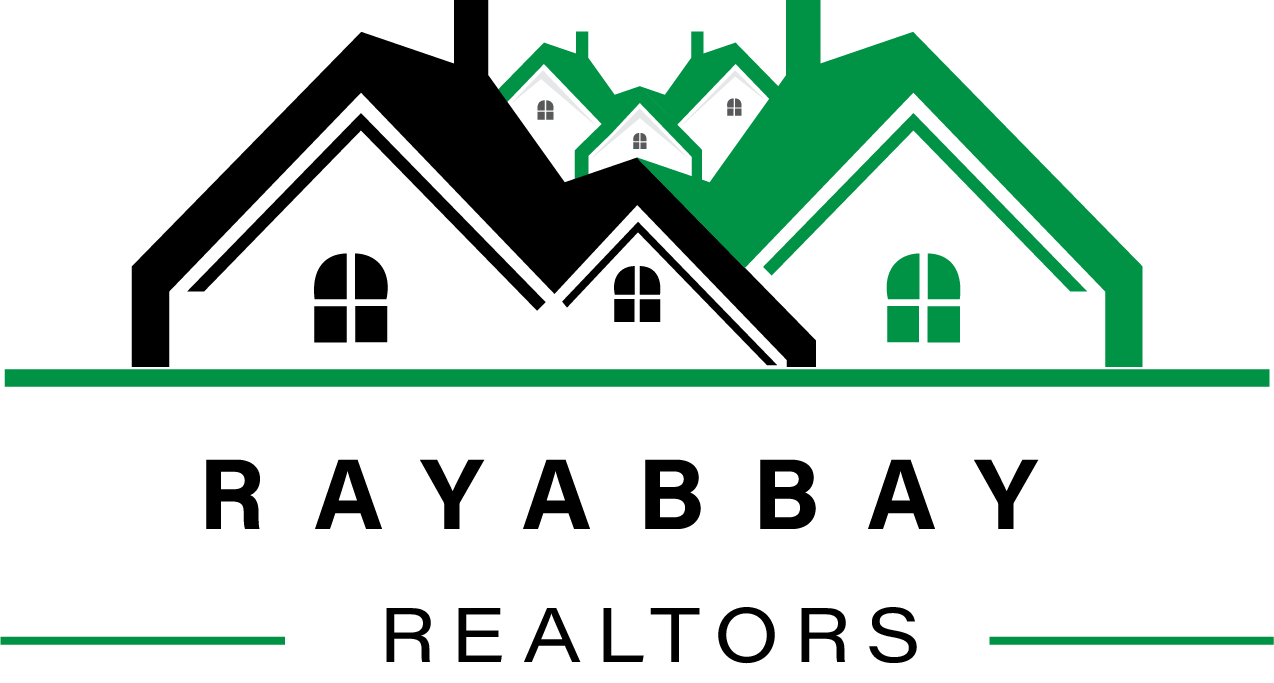Unraveling the effect: The impact of infrastructure development on property prices in Kenya.
.jpg)
An important factor in a country’s development and change is its infrastructure. In Kenya, the real estate industry is directly and significantly impacted by the government’s ongoing investments in modernizing public amenities, communication networks, and transportation. This blog explores the complex interplay between infrastructural growth and real estate costs, illuminating how these advancements influence Kenya’s real estate market.
Enhanced accessibility and connectivity
Infrastructure projects such as expansion of road networks , construction of new highways and the improvement of public transportation systems, contribute to increased accessibility and connectivity within and between urban centers. Improved access to previously remote areas attracts property developers and investors looking to capitalize on emerging markets. As a result the demand for property surges ,driving up prices in these newly accessible areas.
Rise in Land values
Infrastructure development often leads to an increase in land values. As transportation links are strengthened, areas that were previously considered less desirable become more attractive for residential and commercial purposes. Investors keen on acquiring land for future developments, such as housing estates or shopping complexes, quickly snatch up land parcels, further driving up prices.
Upgraded amenities and lifestyle appeal
Infrastructure development also focuses on enhancing amenities and public services. The establishment of schools, hospitals, shopping centers and recreational facilities in an area improves the overall quality of life for the residents. The amenities elevate the desirability of the location, prompting higher demand for property and, consequently, higher property prices.
Shift in urbanization patterns
In Kenya, infrastructure development often goes hand in hand with the urbanization of previously rural areas. As cities and towns expand, there is a growing demand for housing, both residential and commercial. This surge in demand stimulates a rise in property prices as developers and investors vie for prime real estate to meet the needs of the growing population.
Influence on commercial property prices
Infrastructure development, particularly in business districts, can significantly impact commercial property prices. Upgraded transportation systems attract businesses, driving up demand for office space and retail outlets. Consequently, rental prices for commercial properties increase as more companies seek to establish their presence in these thriving areas.
Safety and Security
Infrastructure development is often associated with increased safety and security measures. Properly lit roads, improved public transport systems, and reduced traffic congestion contribute to a sense of security in a region. As the perception of safety in an area rises, property values tend to follow suit, appealing to homebuyers and investors alike.
